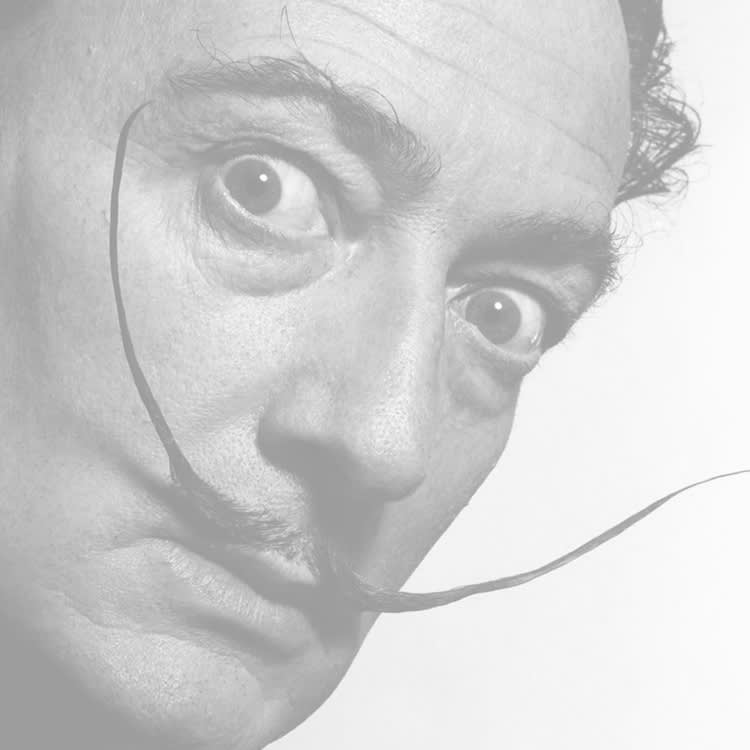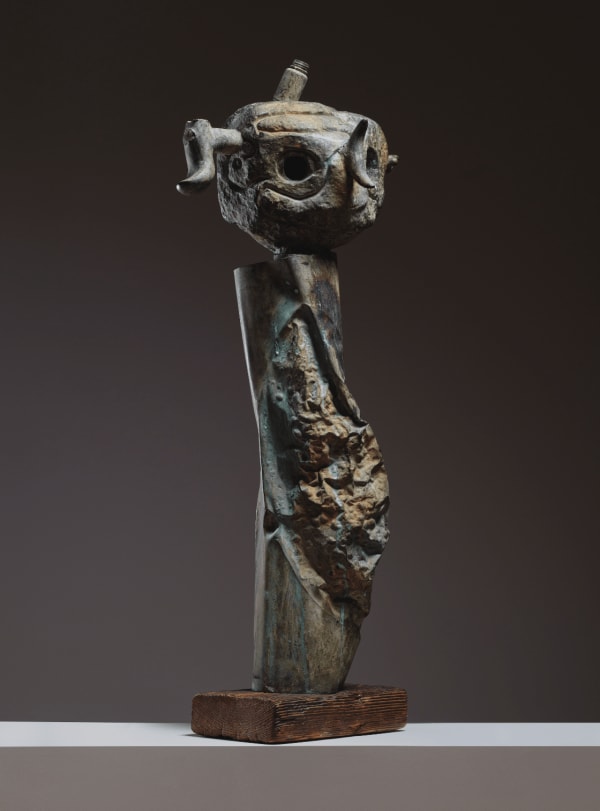SALVADOR DALI 1904-1989
Salvador Dalí (1904-1989) was a world-renowned Spanish painter, sculptor, and writer, whose works are on view at HELENE BAILLY gallery. A true emblematic figure of Surrealism, he revolutionized modern art through his dreamlike universe, hallucinatory visions, and a unique aesthetic blending psychoanalysis, science, and symbolism. His distinctive style, marked by melting clocks, distorted figures, and fantastical landscapes, continues to fascinate and influence the art world.
Born in Figueres, Spain, he studied from 1921 to 1925 at the San Fernando Academy of Fine Arts in Madrid, where he befriended poet Federico García Lorca and filmmaker Luis Buñuel. In 1925, he held his first solo exhibition at Galerie Dalmau in Barcelona, an event that caught the attention of Picasso and Miró. Initially influenced by Futurism, he later turned to Cubism in 1925. During his first visit to Paris in 1926, he met Picasso, a pivotal moment in his artistic evolution.
In 1929, Dalí became an artist who joined the Surrealist movement, introduced by Miró during the filming of Un Chien Andalou, which he co-wrote with Luis Buñuel. He met André Breton and Gala, who would become his muse and wife. It was during this period that he developed his famous "paranoiac-critical method", drawing inspiration from Freud’s psychoanalytic theories. His works from this time are filled with recurring symbols, such as melting clocks, crutches, fantastical animals, and distorted figures, reflecting a dreamlike and fantastical world.
After his expulsion from the Surrealist group in 1934, he continued to participate in Surrealist exhibitions and events, while exploring new artistic directions. In the 1940s, he began to return to a more classical painting style, while maintaining his visionary approach. His preferred themes remained women, sexuality, religion, and battles, which appeared in both his paintings and graphic works.
A flamboyant and provocative personality, Salvador Dalí was an artist who transformed his life into a true work of art, constantly engaging in public performances and eccentric self-staging. In 1974, he inaugurated his own museum, the Teatro Museo Dalí in Figueres, the result of ten years of work. In his later years, he explored stereoscopic painting, presenting his first hyper-stereoscopic artwork in New York in 1978.
Salvador Dalí passed away in Barcelona in 1989, leaving behind an immeasurable artistic legacy and a profound impact on modern and contemporary art.


